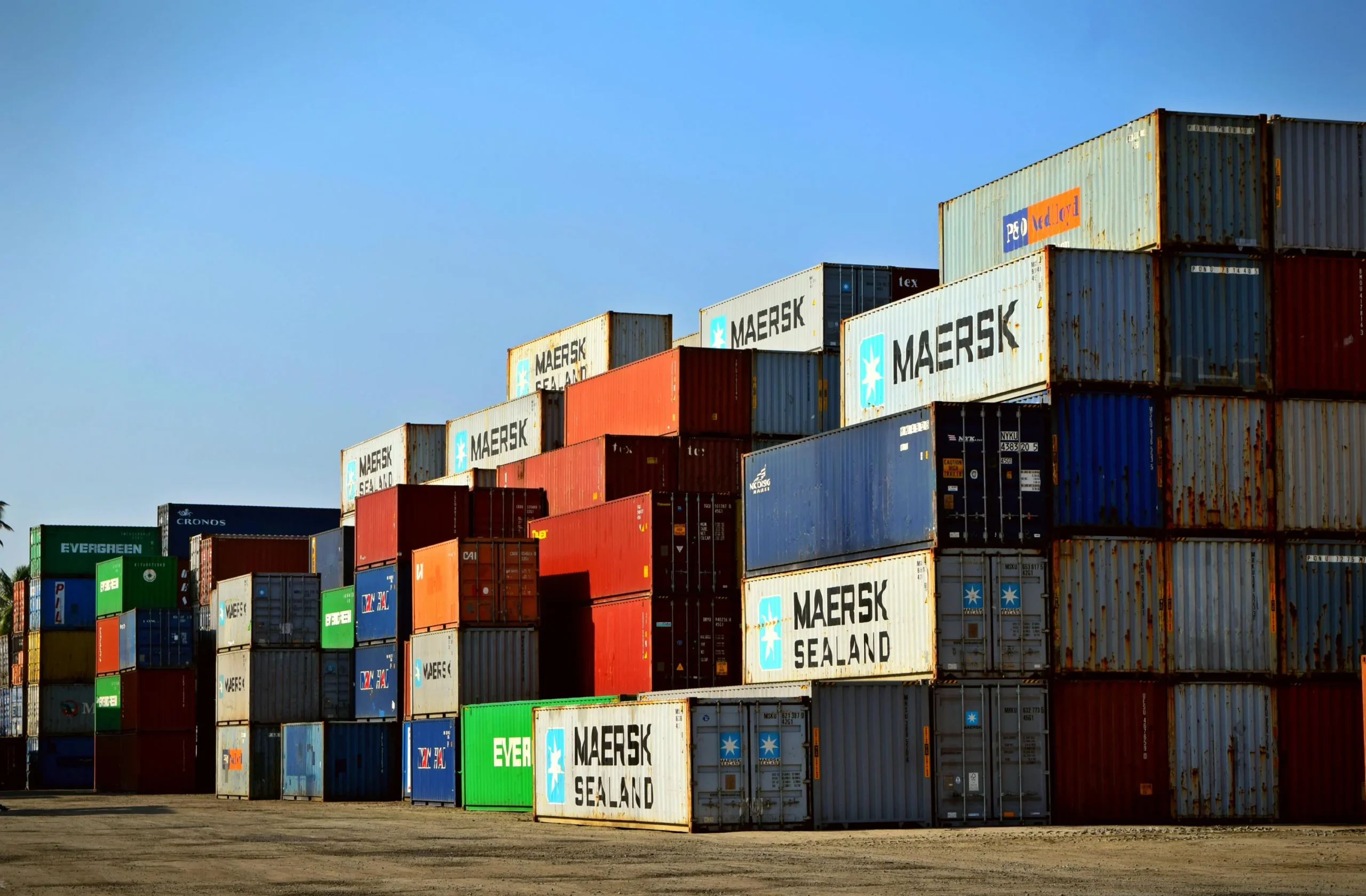Introduction
We live in an unprecedented world where, starting in 2025, the United States begins an unmatched experiment of levying tariffs worldwide. There is an ongoing narrative by policymakers that argue these measures are beneficial in protecting domestic enterprises and increasing revenue. However, the reality is they are starting to have a profound effect on the economy. Sneakflation is the perfect term that describes the tariff cost increases that are covertly infiltrating stuff we purchase on a daily basis, such as groceries and electronics.
The Current Tariff Landscape: Rates and Revenues
The U.S. tariff policies reached an alarming unprecedented peak. The average effective tariff rate sits between 17.7%-18.6% as of August 2025 and is the highest it has been since the 1930s. Important policies that have been made in the past decade include:
A 10% baseline tariff on imports from most countries, with higher rates for specific countries like China (up to 145% on certain goods) and India (50%).
Sector specific tariffs such as 25% on automobiles and 35% on Canadian non NAFTA goods.
Due to these policies, a large volume of revenue has been collected whereby U.S customs collected 27 billion in June 2025 which is triple the preceeding year collections. Still, it is important to keep in mind this revenue comes at a cost to the consumers and the entire economy.
The Effects on Consumers: Slow but Steady Price Increases
As it turns out, American consumers and businesses are increasingly absorbing the burden, rather than foreign entities soaking up the costs, as has been alleged. Here’s the breakdown:
Direct Price Increases: Import prices are up 0.5% since the November 2024 election and are likely to increase further. Goldman Sachs predicts that consumers will shoulder 70% of the tariff cost, reaching 100% when accounting for increases in prices from domestic producers.
Sector-Specific Spikes: Price increases for apparel and footwear are stark at 37% and 39% respectively, 12.4% for motor vehicles. Over a longer period of time, clothing prices will be adjusted to 18-19% and cars will be priced at 9.4% above the previous prices.
“Sneakflation”: Businesses are using stealth inflation, where small price hikes are brushed under the rug, to protect their reputation. Walmart’s chief executive, for instance, admitted to price increases as a result of tariff burden but stated a commitment to “keeping prices down as long as possible.”
Economic and Social Effects
The underlying economic impacts from tariff policies are numerous:
GDP and Job Growth: The forecast shows a dip in the growth of the US real GDP, reaching a 0.5% lower growth in 2025 and 2026, along with a 0.4% reduction in long-run economic output. Jobs losses are also on the table, reaching an estimated 505,000 by the end of 2025.
Regressive Burden: The impact of tariff costs is economically regressive. For lower-income households in the bottom decile, the burden amounts to an income loss of 3.5%. In contrast, the top decile only experiences a 1% loss. For low-income households, this is roughly $1300 a year, while wealthier households benefit $5000 annually.
Global Reallocations: The U.S. manufacturing expansion forecasted to achieve a 2.1% increase in output is offset by declines in other sectors, such as construction (-3.6%) and agriculture (-0.8%). Additionally, the Canadian economy is projected to contract 2.1% as a result of U.S. policy and retaliatory measures.
Business Responses: Adaptation and Resistance
Companies are adapting to the challenges in the following ways:
Supply Chain Realignment: Some firms are moving production to different regions, while others are looking to new markets which is costly and time-consuming.
Price Changes: To counter the impact of tariffs, U.S. subsidiaries of Adidas, Nike, and Mattel will increase prices. Oaltel, an electronics retailer, is suspending the sale of specific electronics to mitigate financial losses.
Defined Risk Strategies: Businesses have started to add clauses to contracts where the costs of tariffs are passed through contractually defined gates to mitigate risk. The defined events include the triggers, methodology to calculate the costs, and methods for disagreement resolution.
Future Projections: Sustained Strain and Uncertainty of Policy
Borders remain open, yet the tariff configuration poses the following uncertainties:
Legal Disputes: Some courts have raised concerns about the legality of certain tariff frameworks, such as tariffs stemming from IEEPA. It has become a point of contention, however, the tariff collection still goes on during the appeal process.
Negotiations: The agreements with the EU and the UK suggest that some exemptions may apply, but further agreements are still unresolved. As an example, the UK received a 10% tariff on auto exports within a certain quota.
Consumer Resilience: Over the course of the next 1-2 years, low-income households are already grappling with the burden of a fully realized tariff cost, and will have to make even more difficult trade-off decisions.
Conclusion
Beyond serving simply as a method for government revenue collection, the 2025 tariff surge is a stealth force shifting the boundaries of consumer economics, business innovation, and global trade. Coming out of the pandemic, families and businesses will have to adapt to the disturbing reality of a surge in costs and constant economic turbulence. Meanwhile, policymakers need to combat the dilemma around protectionism and growth.
Source: https://edition.cnn.com/2025/08/24/economy/us-tariffs-passthrough-consumers
For more incredible stories of everyday news, return to our homepage.




